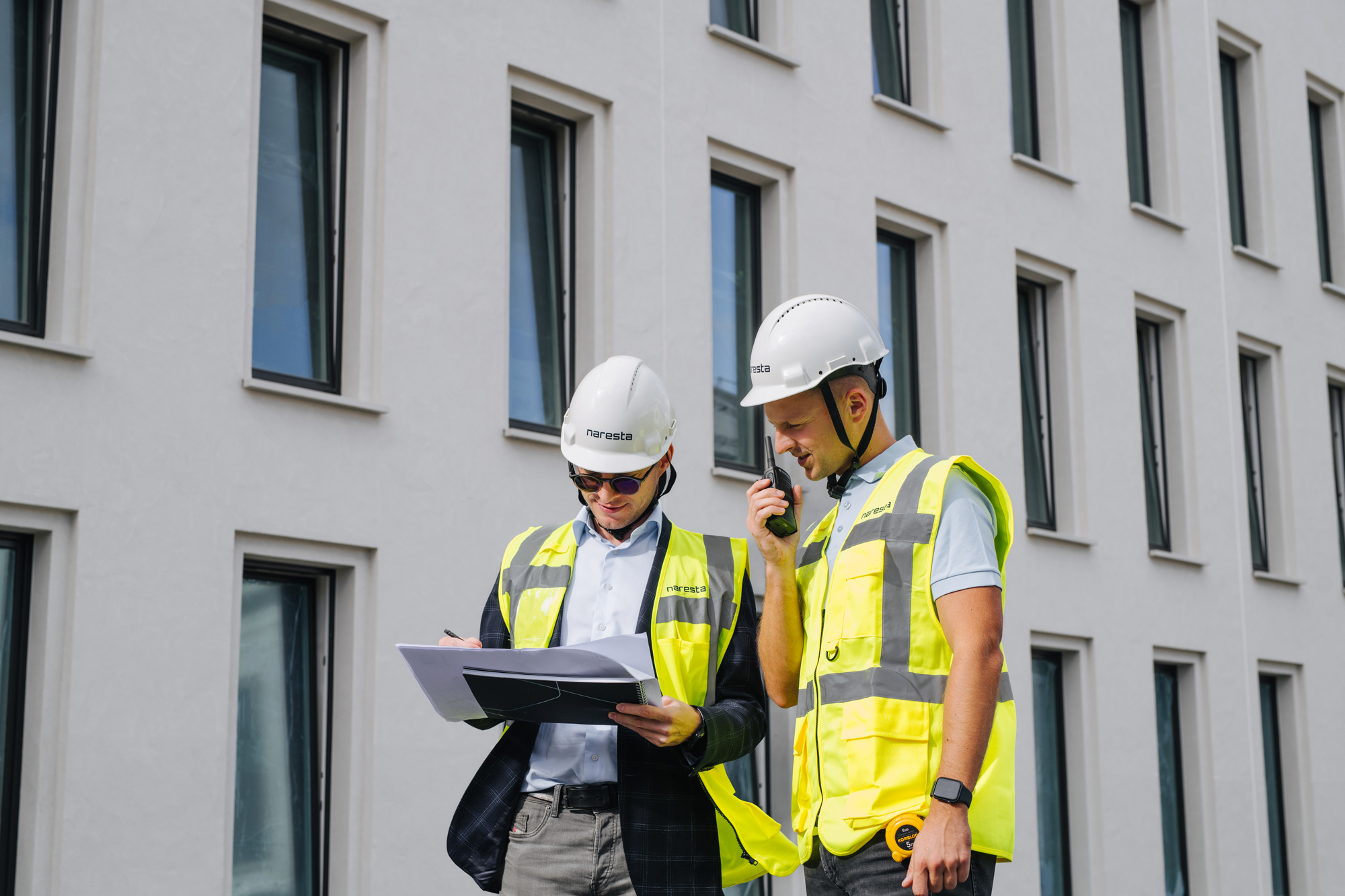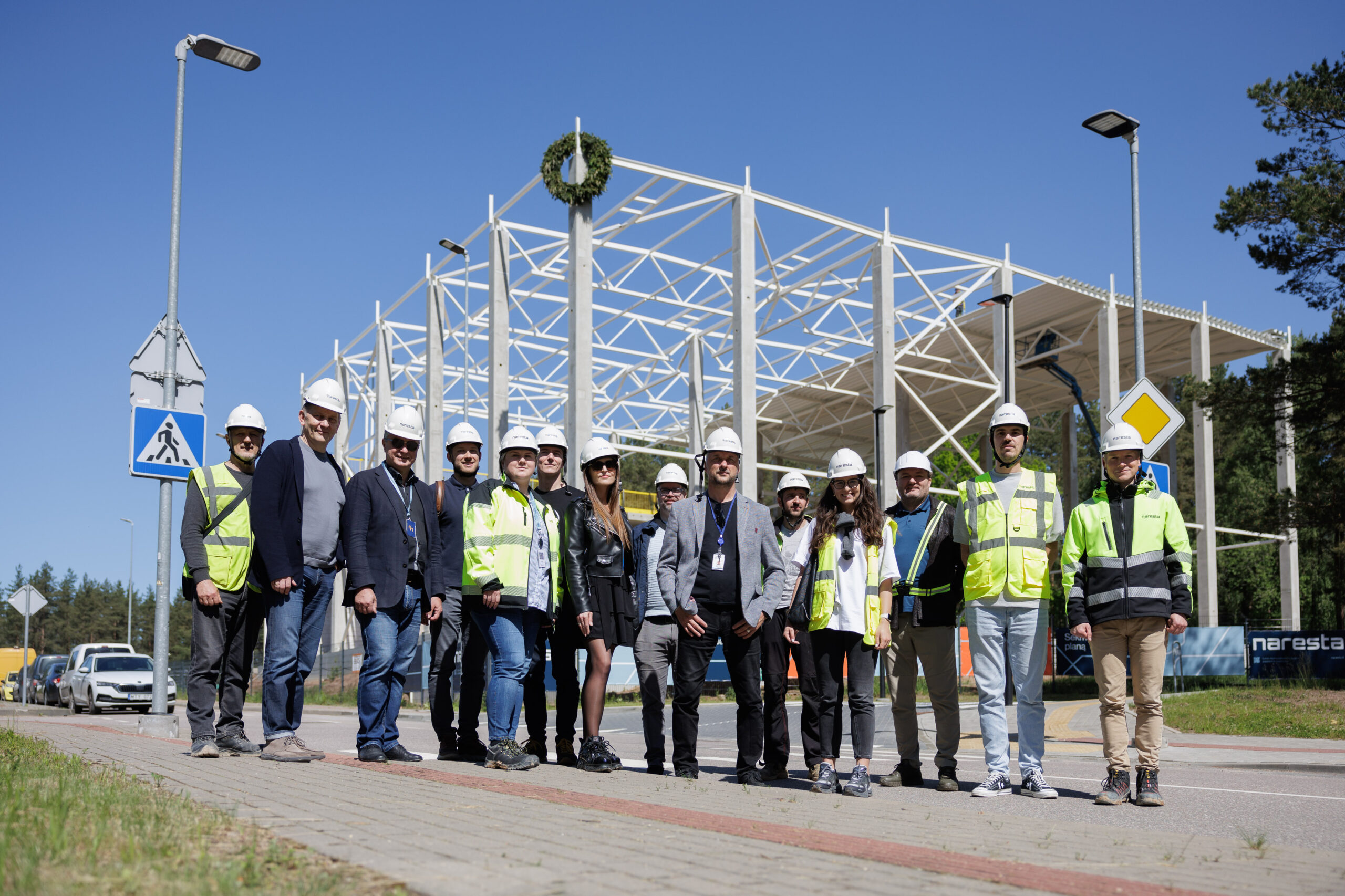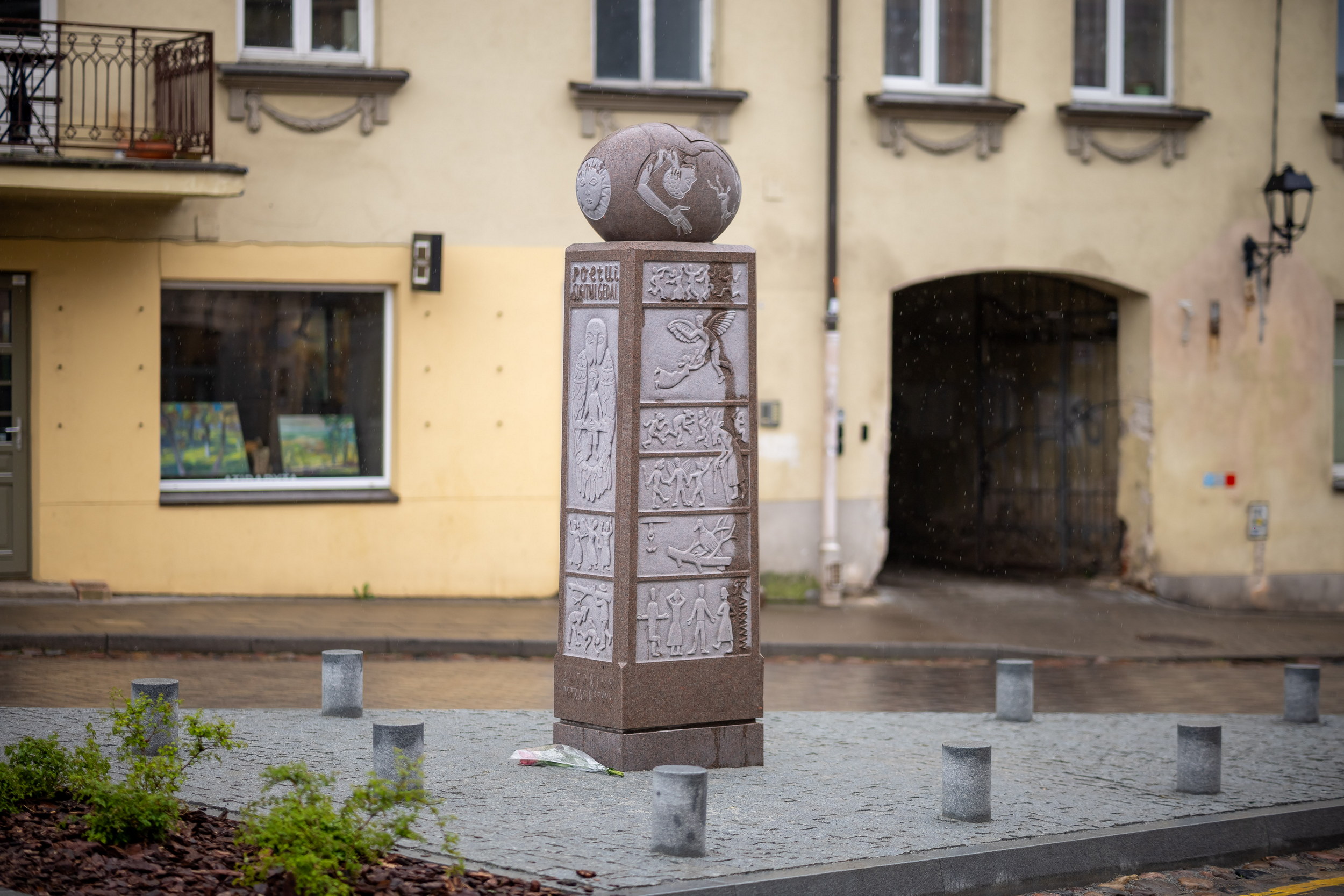
Digitalization is changing processes
We have probably all heard of and in one way or another come across tools such as BIM (Building Information Modelling) or CMS (Construction Management System). These are 3D virtual modelling solutions that change the detail, accuracy, and management of the entire process, which we have been using in Lithuania for many years.
However, until now, projects where digitization has been so far advanced have been relatively rare not only in Lithuania but also abroad due to its price and specific knowledge needs. In recent years, their use has been growing very rapidly and most of the projects are already being developed in the BIM environment. A good example of this is the UK’s decision to commit all public projects worth more than £5 million to BIM 3D modelling from next year. Similar rules, clarified at the beginning of this year, also apply here: BIM must be applied to the state when investing 3 million or more euros in buildings, renovation of blocks, as well as more than 5 million euros in engineering buildings.
We have already discovered and learned how to apply BIM at the design stage, but the limits of technological possibilities have not yet been reached: This tool can be especially useful during construction and even in the operation of the building. For now, the BIM market has employed relatively few in these areas, but I am certain that 4D or even 5D plans — documents that ensure accuracy and efficiency through digital solutions, along with budgets, data processing, schedules, and other tools offered by this system — will become standard practice in the very near future.
Protecting nature – alternatives to concrete
In an attempt to reduce the negative impact of the construction sector and buildings on the environment, a huge effort is being made to find concrete alternatives. The production of traditional concrete leads to extremely high CO2 emissions, which are no longer in line with international agreements.
Significant public and private sector and international investment in research in recent years has led to the creation of bio-concrete made from renewable materials such as algae and bacteria, which significantly reduces carbon dioxide emissions. Notably, Jeff Bezos and Bill Gates are among those investing in a Canadian technology that captures CO₂ released in the process of making concrete.
Concrete 3D printing technology is rapidly gaining popularity, allowing the use of greener materials, and reducing waste. Other innovative solutions include the use of recycled plastic, hemp concrete and ash. It is clear that we will use traditional concrete in the future less and less often in construction, and we are ready to start experimenting with innovations today, although there is no innovation in Lithuania yet.
Europe is concerned about the lack of labour
The construction market in Europe has been facing a significant labour shortage for many years, which is expected to grow even further in the future. Studies and evaluations of associations of European construction companies show that almost 40% of companies on the continent face difficulties in finding both skilled workers and professionals in various crafts, especially in countries such as the Netherlands, Germany, or Sweden.
By 2030, the market may face a shortage of up to 3 million workers. The main reasons for this are aging, retired professionals and the lack of young professionals who can replace them.
It is already actively discussed that the shortage of labour in the future can lead to significant challenges for the entire market: Project delays, higher costs, and unresponsive demand for residential and commercial real estate. Therefore, it is particularly important that we discuss it both at European and Lithuanian level and look for solutions together.
Modular construction in factories solves some of the problems
One of the solutions to the shortage of labour force is that in recent years, modular construction has been growing rapidly not only in the world, but also in Lithuania. Production of building components in factories, controlled environment allows to reduce the need for labour, it is easier to attract workers in the factory, rather than in the open-air construction site, preferring to select specialists and shorten construction terms, this becomes a salvation for builders who do not find specialists.
In addition, modular construction ensures more efficient use of both materials and energy, making it more environmentally friendly. Observing the market, I see that it is strengthening in both residential and commercial building construction, and it is obvious that it will only grow in the future. We constantly hear about the sudden increase in popularity of modular homes in Lithuania recently.



